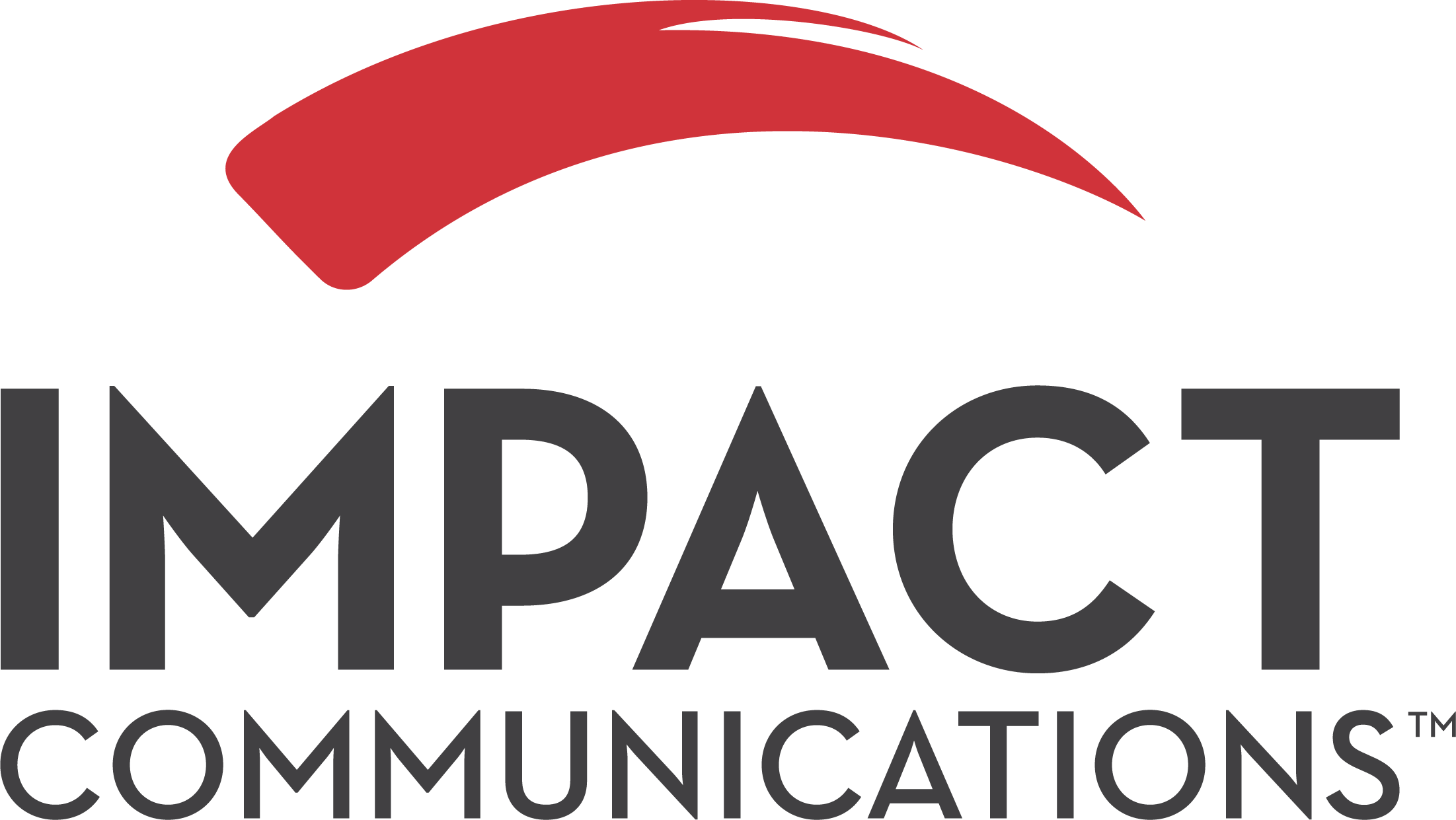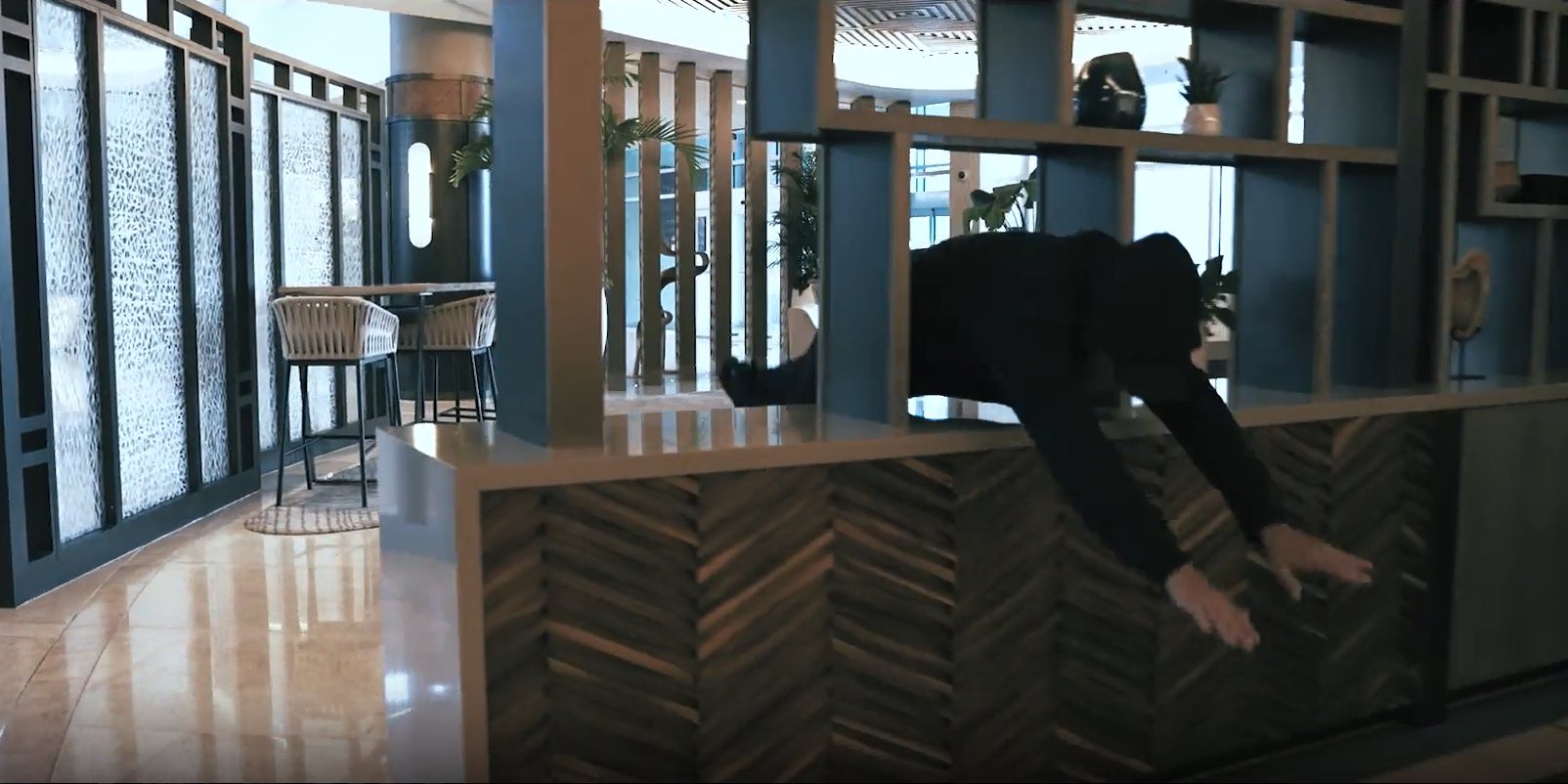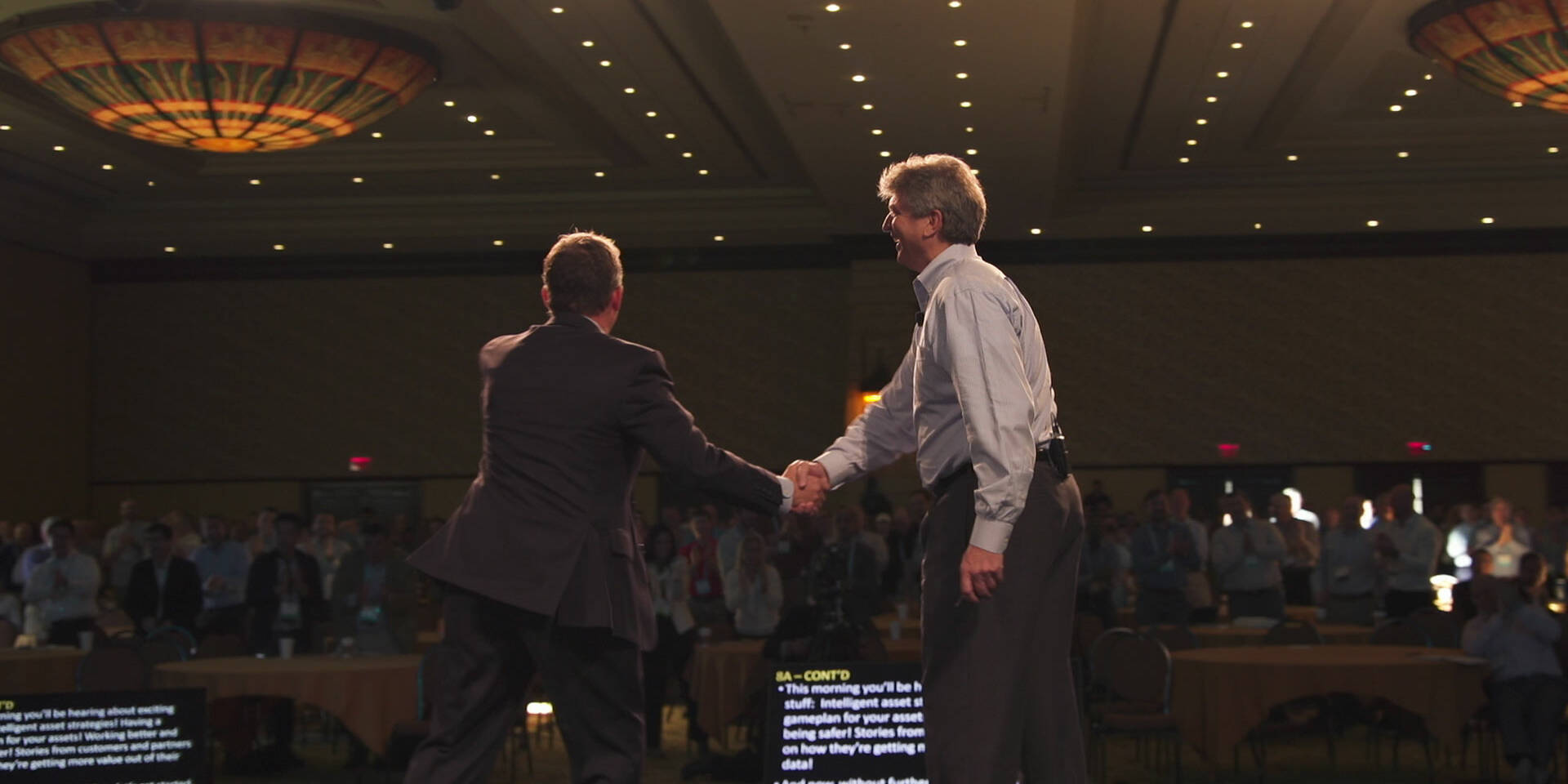There’s no richer information than straight from the source. That’s one reason why interview-based videos are so powerful. Content experts are in the driver’s seat, telling their unique story, based on real-life experience. There’s also the power of emotion. Interviews allow you to capture human emotion, whether it’s happy, sad or frustrated, all of which lead to a more compelling story.
On-camera interviews are one of my favorite video gigs. You get to connect with a person in a short period of time. Learn from them. Make them feel important. And above all, get them to a comfortable place where they can naturally share their wisdom. Through the years, I’ve found that if you follow these basic interview guidelines, a powerful story will soon be yours.
Choose People Wisely
Your client is the best resource for determining who should be in a video. Work closely with them to find content experts who don’t mind being on-camera, have a bit of a personality and know the most about your subject. And, if possible, interview more than one person. It gives you more content to work with and a safety net if one of your interviewees struggles in the chair.
Do Your Homework
You’re working with content experts. Make sure you understand the content before the interview starts. Research the person and the topic, so you can develop logical questions. Ask yourself – how should the video open and close, what content needs to be covered, etc. It is after this that you can then develop open-ended questions that flow from topic to topic.
Develop Rapport Before, During and After the Interview
You have a very short amount of time to connect with an interviewee, so it’s extremely important to figure out what makes them comfortable. Talk with your subject before the interview, or at the very least, a few minutes before the camera rolls. Ask them if they have any questions or concerns about the interview. If there are nerves, consider asking an interview question for practice. If you know something about your subject, such as they’ve worked at the company for a long time, you might ask, “How did you start with the company?” to break the ice. These types of interactions before the interview help reduce nerves and develop rapport, so everyone is more comfortable and doing their best work.
At the beginning of each interview, ask interviewees to put your question in their answer. For example, you might ask, “What’s your favorite color?” The interviewee would answer, “My favorite color is blue,” instead of, “Blue.” Comments stand-alone, so this helps provide context. It’s also a good idea to ask a few throw-away questions at the beginning of the interview to get them warmed up.
During the interview, pay attention to and move at the interviewee’s pace. If they want to hold notes on their lap, let them. If they need some water, get it. If they want to relay prepared statements, listen. Once they’re on a roll, try asking them a few questions, so it’s more natural. If your interviewee says, “That was much easier than I thought it would be” at the end of the interview, everyone wins.
If an interviewee had a rough start, you might ask some questions again at the end. By this point, they’re primed for delivering a better answer.
Your last questions should always be something along the lines of “Anything else?” Nine times out of ten you get a winning soundbite. They either wrap up the topic in a concise way or bring up some new nugget of information that adds to the story.
After the interview, follow up to share the final edit. That’s the least you can do for their time and effort. If it went great, he or she will appreciate the positive feedback. If there were areas to work on, the interviewee will appreciate constructive feedback for the next time.
Listen for Keepers
Listening is key to interviewing success. I’m always listening for a good soundbite, otherwise known as a keeper. Sometimes it comes at the end of a long explanation. And sometimes the interviewee makes a fantastic point, but it could be said in fewer words. Simply ask them to say it again in a few sentences.
Remember, your list of questions is a starting point and rough guide, but you never know where the story will take you. My favorite part of the interview is the left-turn, where the interviewee says something that leads to a question off the list. Listen closely and follow the story.
Have Fun with the Edit
After the interview, the fun continues in the edit room. I listen to each interview several times, cut down the comments into bite-size soundbites, organize them and reorganize them again until the story flows.
My litmus test for a successful video has always been tears and/or goosebumps after watching the first preview. I’m not talking a straight-out sob, just a little wet in the corner of your eye that says, this story moved me. Now, that’s powerful.
Related Posts
July 7, 2025
From Great Idea to Golden Reality
One thing I love about working on a creative team is that it doesn’t matter…
June 12, 2024
Why Rehearsals are Important
A lot of time and thought goes into building a powerful presentation.…
April 20, 2023
Six Benefits of Refreshing Your Website
As your company continues to evolve, your website must represent your latest…




